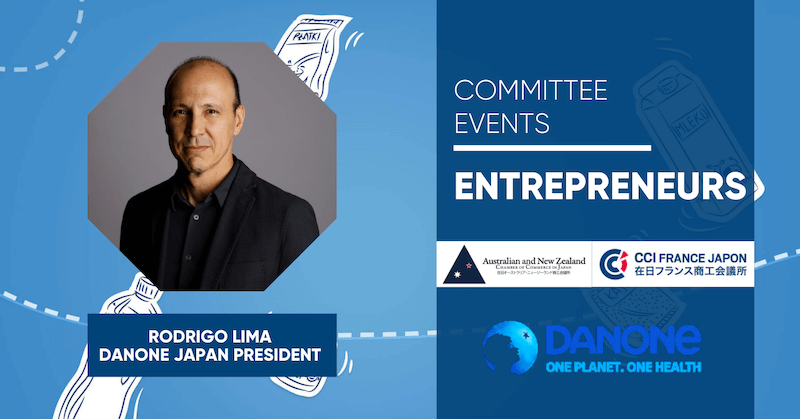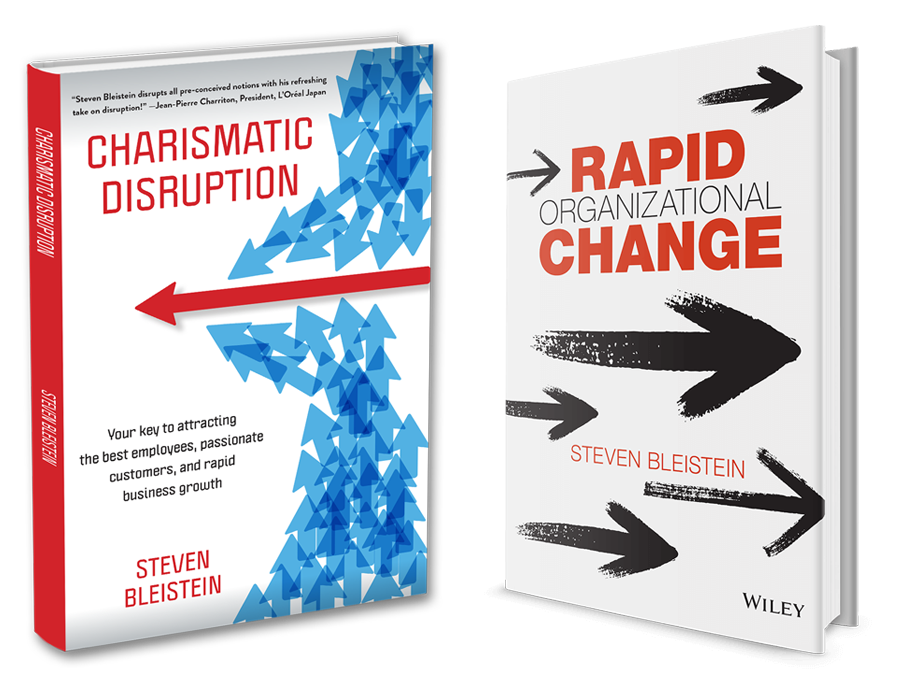Businesses can be their own worst enemies when business process supplants business thinking.
The CEO of a large industrial American company in Japan told me of difficulties he faces in buying from a division of a large Japanese industrial company, not because of a lack of will to sell on their part, but rather unnecessary and burdensome bureaucratic processes that were designed to meet Japanese government procurement requirements, the division’s primary customer. Quality control processes at the Japanese seller company were impractical and far beyond what the American company required, while lead-times and costs were excessive. Adherence to process, no matter how inappropriate, dominated thinking.
It is not just Japanese companies that can be their own worst enemies. When the CEO of a company called up a major high-end international hotel in Tokyo and tried to reserve a table for a large number of executives for a working breakfast, hotel staff declined the request because the breakfast restaurant does not take reservations. However, the hotel is perfectly capable of hosting a private breakfast as an event, but staff had not thought to suggest that. Would the company call on the hotel in the future for other services if it cannot even accommodate a breakfast? Probably not.
Fortunately, the GM intervened, but he had to wonder how many businesses his staff was turning away that he did not know about, and how many of those customers never called again.
Salespeople at a European consumer product company used to routinely refuse orders from B2B customers if the quantity and type exceeded what they had forecasted. Sales teams were penalized for any variance from the forecast, positive or negative, whether the company had product available or not. The spirit of the rule was to encourage the most effective use of manufacturing capacity and reduction of unsold stock, but the actual application of the rule defied business logic. When the CEO learned of this, he knew he had to change the thinking, and perhaps the rule as well.
Too many companies in Japan and around the world are dominated by process-driven practices when it is thinking-driven processes that are needed. Process-driven thinking makes adherence to process the goal. The outcome for the customer is merely an afterthought if thought of at all. A thinking-driven process is contingent upon what is needed for success. The business outcome is the goal. A thinking-driven process does not mean throwing all processes to the wind. However, processes are made fungible and contingent. A manager or staff person can choose among a series of different options to best achieve the business outcome in mind.
In thinking-driven processes, adherence to principles trumps adherence to process. So for example, at a high-end hotel, the principle is, “We can fulfill any guest request. It is just a matter of time and cost.” At a consumer product business, the principle is, “We will fill any order if the stock is available regardless of the forecast.” At an industrial manufacturer, the principle is, “Quality control is contingent upon our standards and the customers’ requirements.”
Which parts of your business might be dominated by process-driven thinking? Where are you losing business and limiting your potential for growth as a result?
The first step in transitioning to a thinking-driven process is a clear articulation of the principles. Share on X
Can both you and your staff articulate yours?



